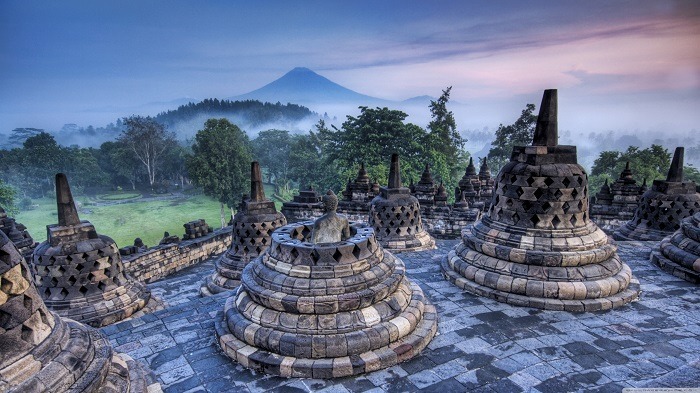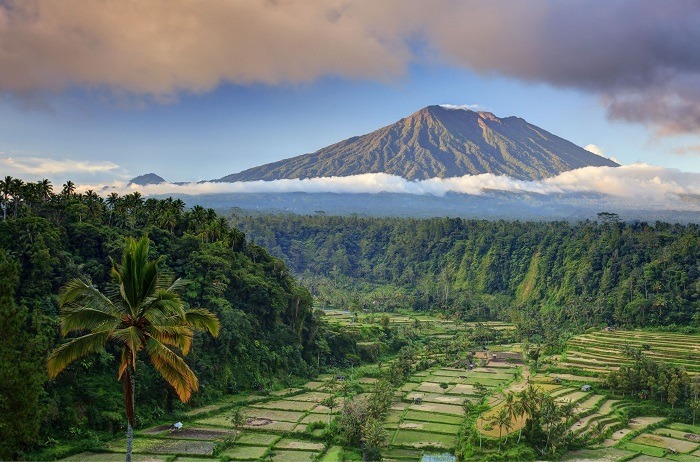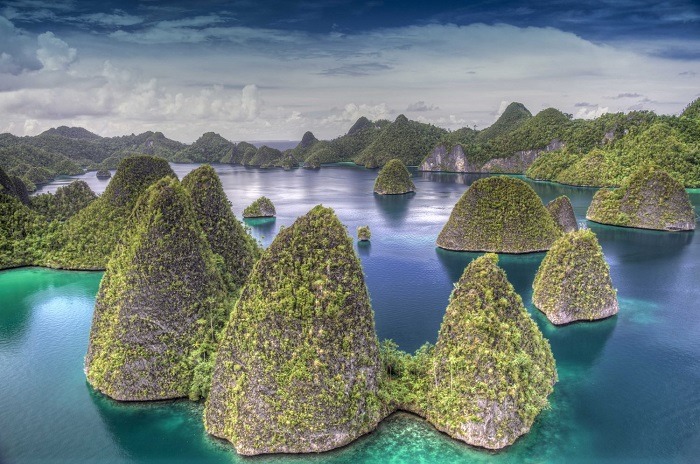With over 17,000 islands spread across the Pacific and Indian Ocean, and home to more than 200 ethnic groups with over 300 spoken languages, Indonesia is arguably the most geographically and culturally diverse country in the world. Bridging the continents of Asia and Australia, a multitude of amazing landscapes and biodiversity can be found in this gigantic archipelago. At the latest Bali & Beyond Travel Fair in June 2018, the tourism authorities announced their intentions to develop new tourist destinations across the country and highlight new and less known regions, so that visitors can more easily discover beyond the most popular and familiar destination of Bali.
Indonesia’s diversity in people, cultures, customs, traditions, artworks, food, animals, plants and landscape, makes it almost like hundreds countries melted beautifully into one. Every island contains a unique mixture of natural richness and different cultures.

Along the diverse landscapes, a range of unique wildlife conditions has made the archipelago the only natural habitat for a number of species, including the legendary Komodo Dragons, the gentle giant Orangutan, the majestic Cendrawasih Bird of Paradise, and many more.
Beyond its surface, Indonesia’s extensive coral reef is regarded as one of the richest and most diverse in the world; an ultimate paradise for divers and underwater enthusiasts.

With a rich history that dates back for centuries, Indonesia also holds some of the most fascinating monuments of human civilization. Among these is the imposing Borobudur Temple in Magelang, which the largest Buddhist monument that still stands majestically today with all its spectacular features. Equally fascinating is the Prambanan Temple Compounds, which is one of the largest in Southeast Asia.
The ever-intriguing, ever-intoxicating land holds some of the greatest adventures you will experience on earth. And with its abundance of nature and cultural heritage, it would take a lifetime to explore all the wonders of the archipelago, while still leaving you craving for more.
Climate and time to go
The climate of Indonesia is almost entirely tropical. The uniformly warm waters, which make up 81% of Indonesia's geographical area, ensure that temperatures on land remain fairly constant, with the coastal regions averaging 28 °C, the inland and mountain areas averaging 26 °C, and the higher mountainous regions at around 23 °C.
Being a tropical country, Indonesia does not have the usual spring, summer, autumn, or winter, and instead just two seasons; “rainy” and “dry”. While there is significant regional variation across the country, the dry season is usually April to October, while the wet season November to March. However, global warming has made the seasons less predictable.
Temperature varies little from season to season, and Indonesia experiences relatively little change in the length of daylight hours from one season to the next. This makes it a suitable destination throughout the whole year. However high season, and the most popular period to visit, is during the dryer summer months of June, July and August.
Getting to Indonesia
The principal gateways for entry to Indonesia are Soekarno-Hatta International Airport in Tangerang (just at the outskirt of Jakarta) and Bali’s Ngurah Rai International Airport. Both of these are served by a range of international super-connector airlines such as Etihad, Turkish Airlines and Qatar Airways. An extensive domestic route network is offered by local airlines to reach more remote islands within the country.

